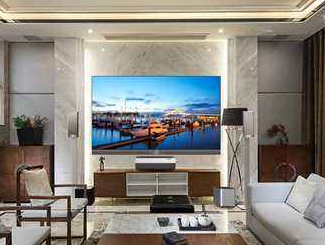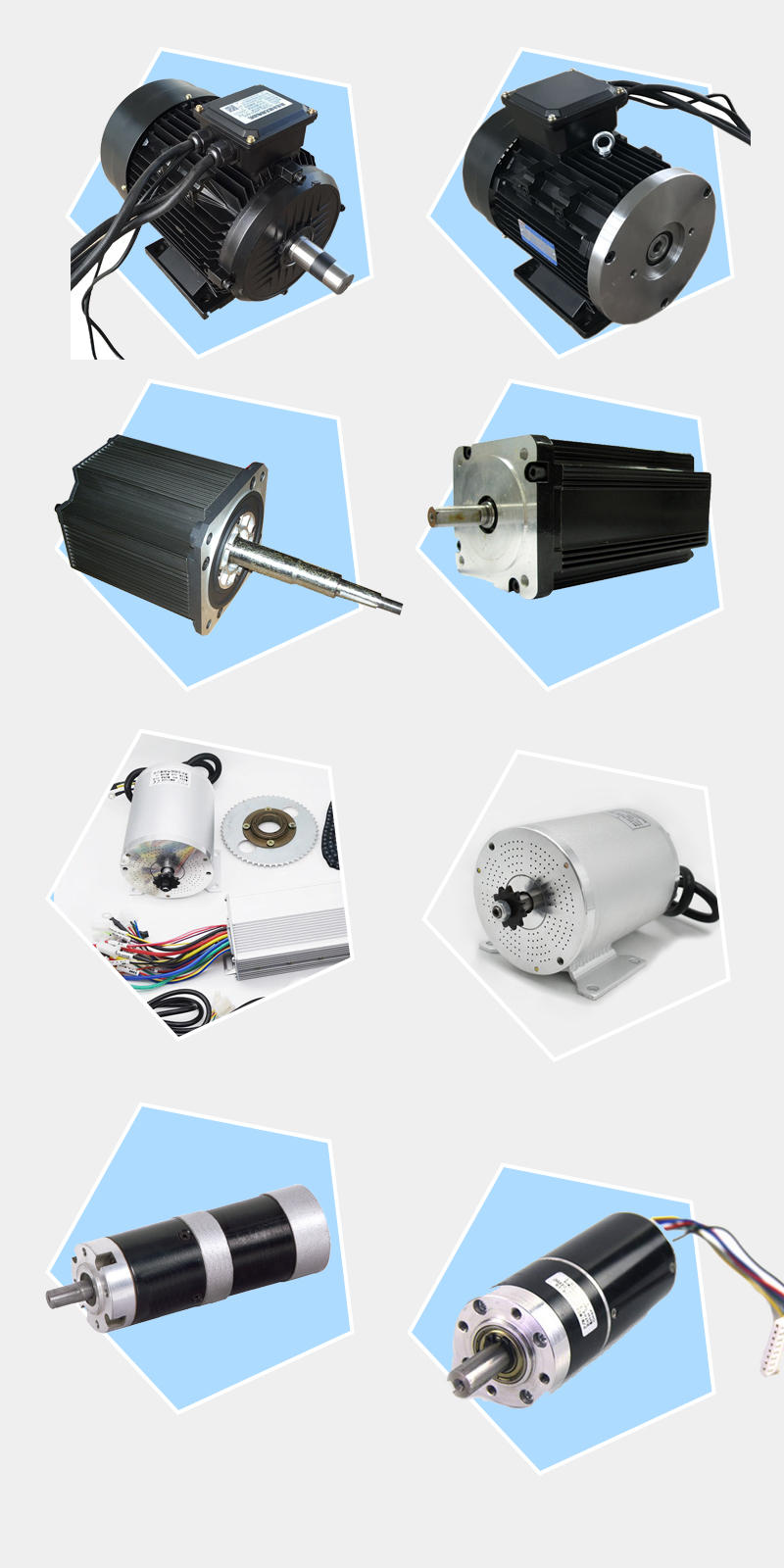The color TV industry has recently started to live up again. Perhaps the most eye-catching is the new LeTV Zhijia after a facelift. The eight giants joined forces to increase their capital by 3 billion. After the industry began to disrupt the industry in 2015, it ushered in another climax.
On the other hand, from the wave of panel price increases that began in 2016, it has finally fallen back this year. This has also allowed many TV manufacturers to start a new round of price adjustments. Among them, the entire machine of Internet brands such as Baofeng, LeTV, and Coocaa has also been adjusted. Fall back.
Rising and falling, inevitable price-performance ratio
Why is there a crazy price increase for color TV panels from 2016 to 2017? We need to review it rationally, which is very helpful to understand today's panel price reduction.

First of all, the LCD panel is not a pure electronic product. The LCD and backlight components are all high-precision processing and manufacturing, and will not follow Moore's Law. So there is no saying that it is cheaper every year.
The price increase of color TV comes from the price increase of the panel, and the price increase of the panel is also caused by the investment and expansion of the panel manufacturer, structural upgrade, and the price increase of raw materials. We all know that giants including LGD and BOE were expanding the 10.5-generation line last year. Why expand? Because of the growing demand for larger screen color TVs. The demand is strong, and there is no lack of manufacturers' low-price strategy and the result of focusing on the marketing of large-screen products over 55 inches.
When these price dividends are enjoyed by us, the cost increase brought about by the upgrading of the product structure will require consumers to back the pot. The price of a product is the result of a two-way choice. It is not the company that has the final say, but the industry value of the brand and the product.
For a mature consumer group, an appropriate price increase is acceptable. But price increases should not be the result of quick success, but should be the cause of quality improvement. As a result, many brands have begun to explore the high-end market in order to break free from the shadow of the “mid-to-low-endâ€. In particular, the trend of domestic color TVs' transition to high-end in the second half of 2017 has become more and more obvious.
But the low-end market is still the battlefield for most people. As the panel industry's upgrade has entered a stable period, the two-way choice of product prices has begun to fall on the "price ratio". In addition to "artificial intelligence" marketing for the survival of new brands, the biggest lifeline lies in price. When LeTV, Xiaomi, Baofeng and other brands re-enter the market, it means another carnival of cost-effectiveness.
The collective excitement of the OLED campOn the other hand, there is also a trend of substantial price cuts on the OLED side. At present, mainstream domestic color TV manufacturers have basically joined the OLED camp. Even Hisense, which is mainly based on laser TVs and ULED TVs, is reported to be releasing new OLED TVs. Especially after Sony released its flagship OLED TV A1, TV sales in 2017 rose by 30%, and A1 occupies more than 40% of the domestic OLED market.
It is estimated that by 2020, China's OLED display production capacity will account for about 28% of the global production capacity and become the world's second largest supplier of OLED displays. The focus of the global OLED industry is accelerating its shift to China. World-renowned color TV companies are accelerating their deployment in China. Six brands including LG, Sony, Philips, Skyworth, Konka, and Changhong are selling OLED TVs in the Chinese market.
It can be seen that China's OLED market still has huge potential, because the price cut of OLED has revealed that consumers still have a higher quality pursuit for TV in addition to large screens.
Take Sony as an example. Last year, when the A1 was launched, it started at 24,999 yuan, and this year's A8F started at 15,999 yuan. In addition to the different appearance design, the two are consistent with the A1 in terms of audio and video, and inherit all their technical advantages, including 4K HDR dynamic reshaping technology, 14bit smooth gradation, dual image database, precise color rendering and dynamic Five black technologies for contrast enhancement, and at the same time, equipped with a more powerful image processing chip X1 Advanced Edition. At the same time, it also retains the screen sound field technology. The sound unit is hidden behind the screen, and the sound is realized by making the panel vibrate. This is a unique technology that only OLED TVs can achieve, and the sound is produced directly through the screen.
15,999 yuan has greatly reduced the entry threshold of OLED, and this price is also happening on the flagship models of brands like Sony. How can consumers not be moved?
Let’s take a look at domestic OLED TVs, Skyworth’s new OLED TV S8 series. The 55-inch price is only 9,999 yuan. This is the first product in the OLED TV market whose price has fallen below 10,000 yuan. It is a completely affordable price for ordinary middle-class consumer groups. An iPhone X is worth over 10,000, and a 55-inch OLED TV can also enjoy the thrill of a larger screen.
The 8K market is also quietly risingIf OLED is a long and fierce battle, the development of the 8K market in the past two years can be called a surprise attack by leaps and bounds.
In September last year, Sharp released the world's first consumer-grade 70-inch 8K TV. In terms of resolution, it is 4.3 times that of human eye recognition. In terms of picture quality, it is a qualitative leap compared to 4K.
Now the TV is officially on sale in Japan and Europe. The price of Sharp 70X500E in Japan ranges from 7.6-972,000 yuan (approximately RMB 45-57 thousand), while in Europe, the price including tax is as high as 11,899 euros, or approximately 92,000 yuan. Domestically, it will be listed at the end of April.
During the CITE 2018 exhibition, the author interviewed Mr. Chen Zhenguo, vice president of Foxconn Technology Group, and learned that Sharp will also launch a more affordable 8K TV this year.
The layout of the 8K market actually far exceeds everyone's cognition. In the past five years, companies such as Ikegami, Hitachi and RED have demonstrated 8K cameras at various exhibitions around the world. The 8K transmission test prior to the 8K product has already been conducted in the Rio Olympics and the Pyeongchang Winter Olympics, and the 2020 Tokyo Olympics will be fully broadcast live in 8K.
The pixel density of a 65-inch 4K TV is the same as that of a 32-inch 1080P TV, and the pixel density of a 120-inch 8K TV is the same as that of a 32-inch 1080P TV. In the future, TVs will only get bigger and bigger, even covering a whole wall of the home, so the pursuit of resolution will not stop, and 8K technology will not be the end.
Summary: Some people say that there is no need to buy a TV at home, and that the old TV will not be broken, even if it is a new home, you don’t need to buy it. If you buy it, you will eat ashes. Basically, you are playing mobile phones and computers. But the meaning of TV has changed from "household necessities" to "household necessities." Become a kind of symbol, a kind of companionship. When OLED and 8K TVs become more popular and the prices are getting closer to the people, you will definitely change your mind. Because of the quality enjoyment they bring, mobile phones and computers cannot replace them.
Brushless Motor
Biotept Brushless DC motors have various advantages such as high efficiency, potential to downsize, ability to run on electric power, and low manufacturing costs. However, these motors have a number of disadvantages such as noise due to brush friction, generation of sparks and electrical noise, and limited life due to brush wear. Development of the brushless DC motor has solved all these problems.
We have several different style brushless motors
1, Y series frame brushless dc motor ofr industry machinery. The power from 0.55kw to 15kw. Frame size: 80, 90. 100. 112. 132
2, Circle Housing for Go Kart,Electric Scooter,Two Wheel Balance Scooter,E-Bike Electric Motorcycle,DIY Engine,Etc, 350W/500W/800W/1000W/1200W/1500W/1600W/1800W/2000W/2500W/3000W
Volt various from:24V/36V/48V
3. Custom some small size Brushless Motor. for general purpose, brushless motor for drone

Brushless Dc Motor,Motor Brushless,Dc Brushless Fan,Brushless Fan,24v DC Motor
Ningbo Biote Mechanical Electrical Co.,Ltd , https://www.biotept.com